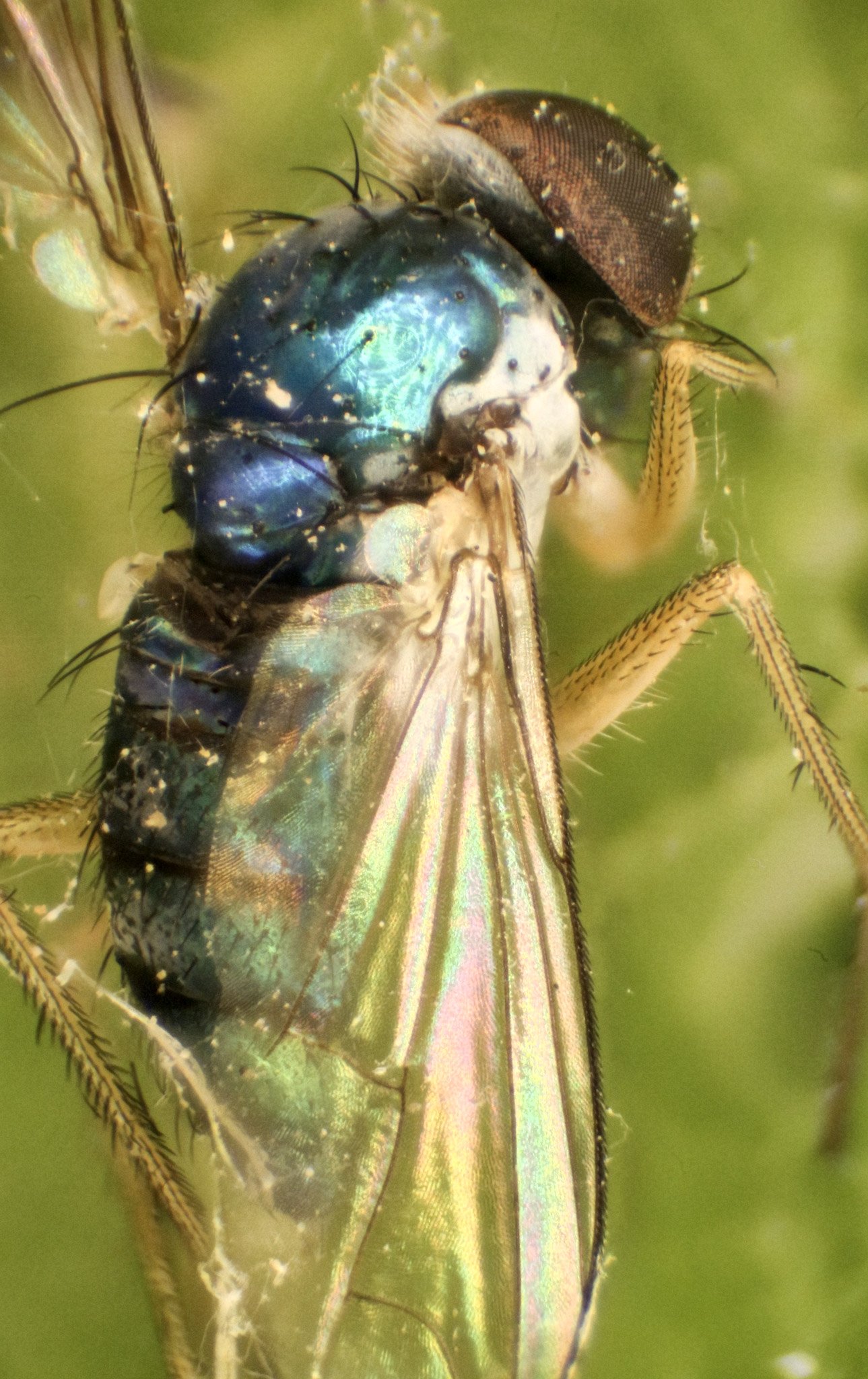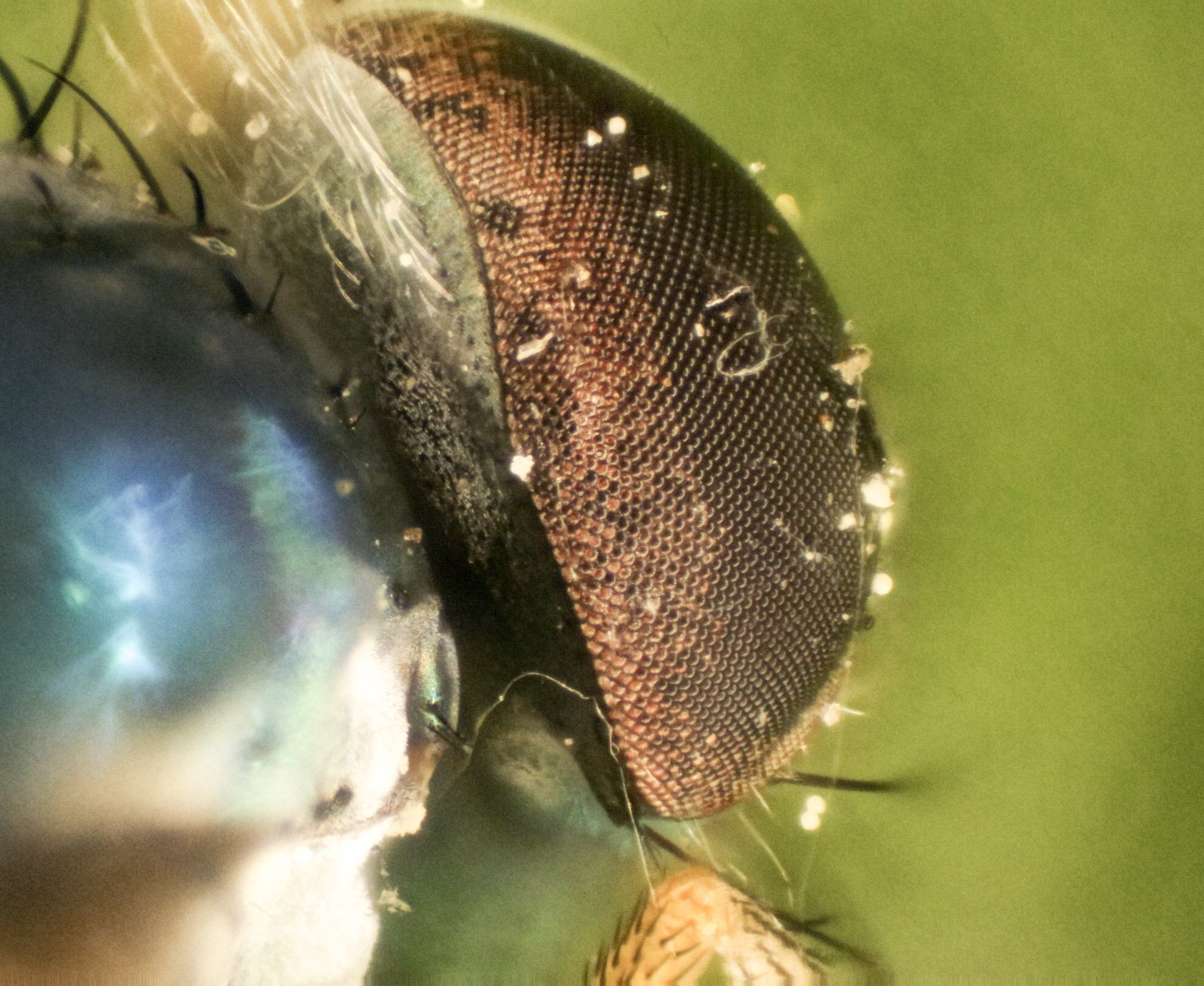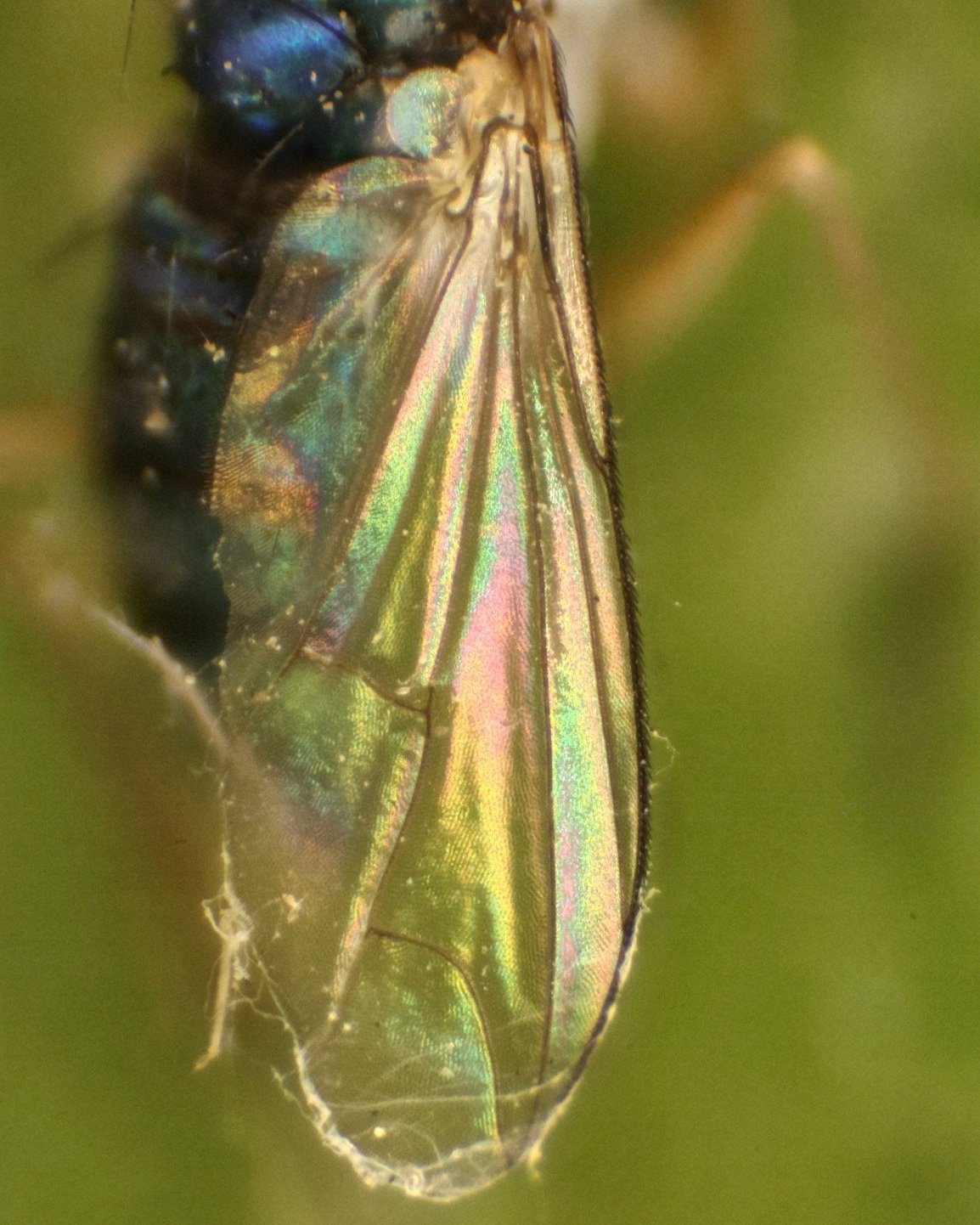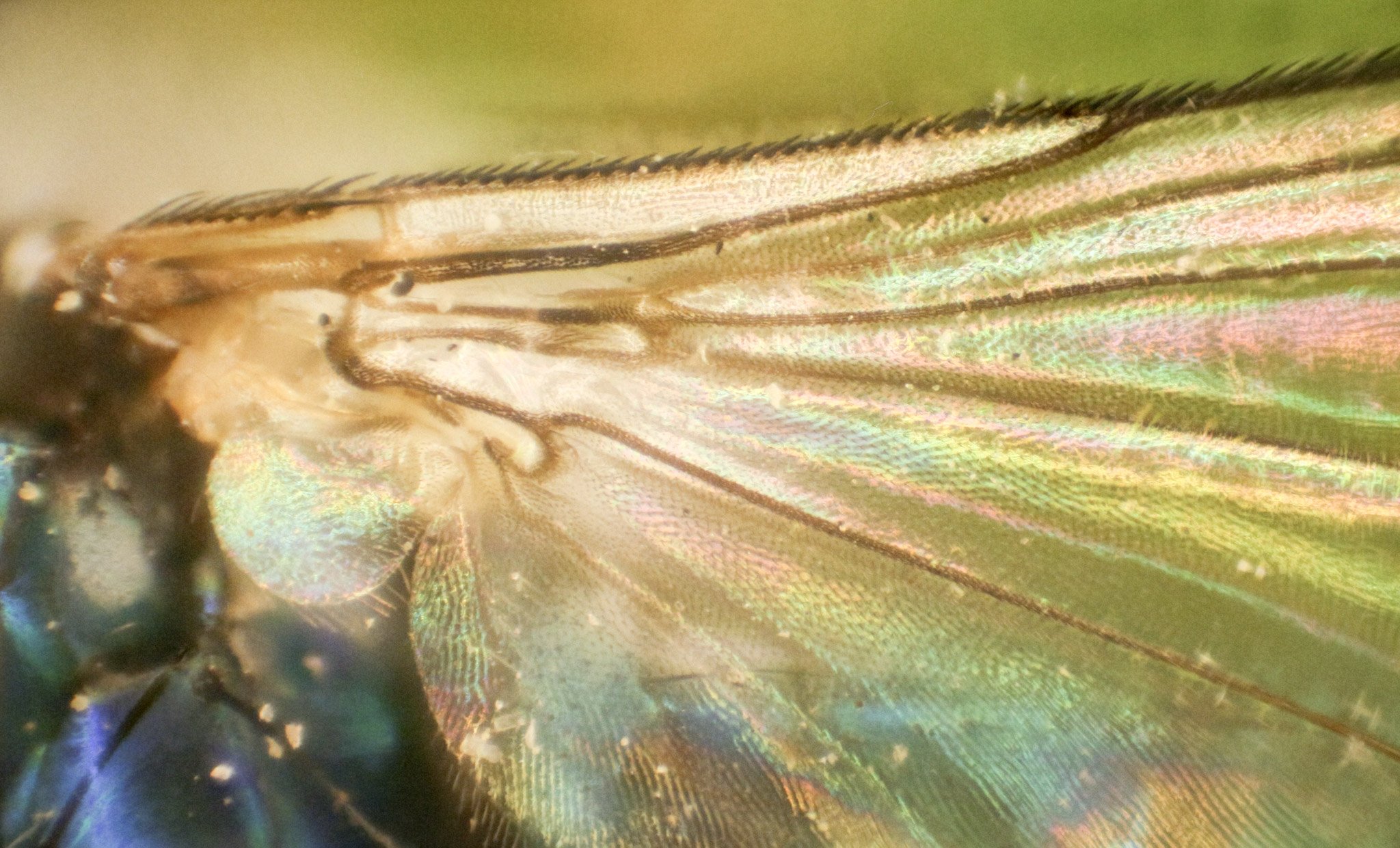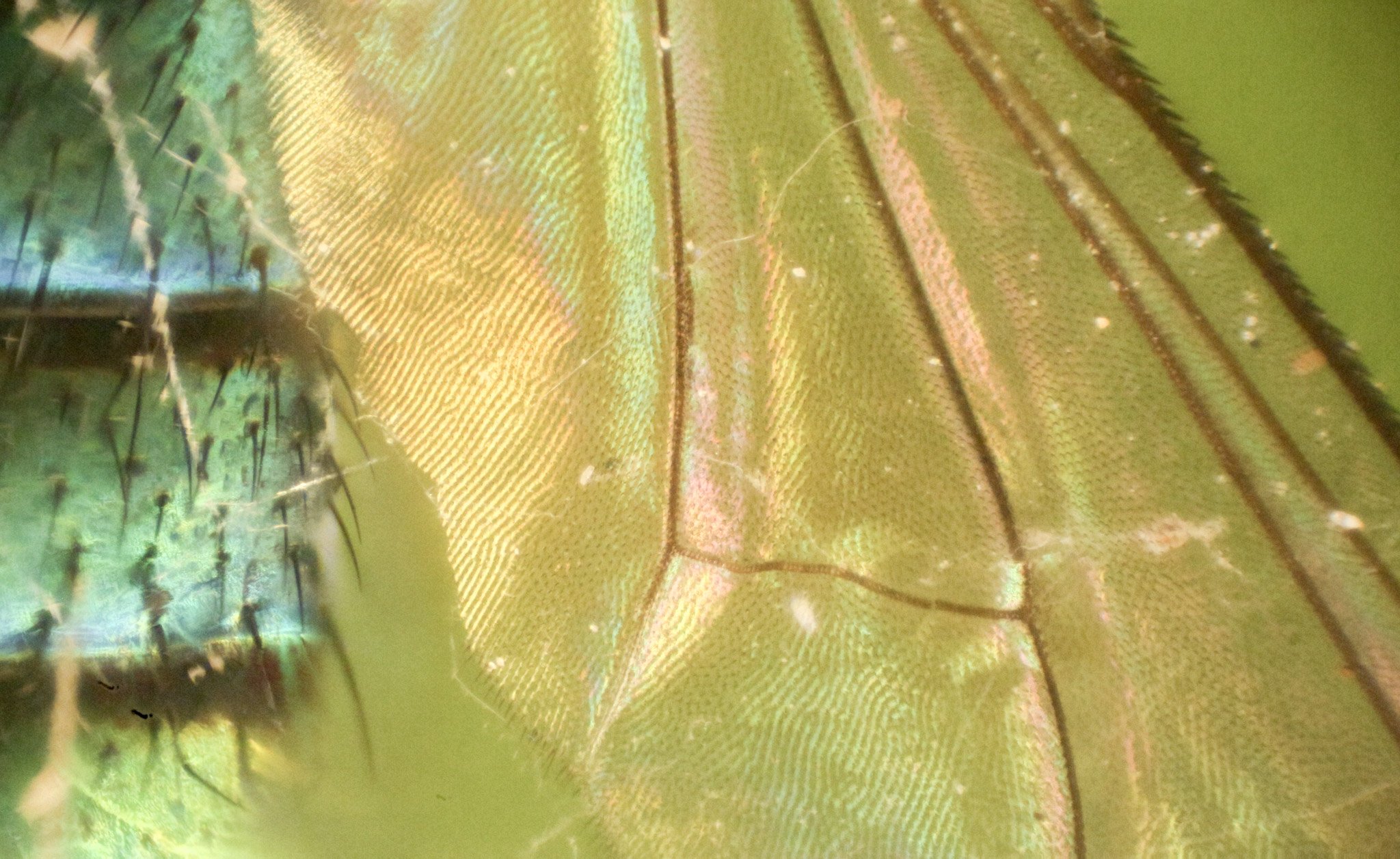The Bottle Fly: Buzzing with Quirkiness and Unexpected Wonders!
Often overlooked or dismissed as common pests, the bottle fly (Lucilia sericata) holds intriguing secrets waiting to be discovered. In this article, we will set out on an entomological adventure that delves into the remarkable traits, unique adaptations, and ecological significance of the bottle fly.
From their striking appearance to their essential role in the natural ecosystem, we will shed light on the lesser-known aspects of these winged creatures. So, set aside preconceptions and embrace the wonder of the bottle fly as we unravel the science and marvel at the wonders that lie beneath their humble exterior.
The Colorful Life of a Bottle Fly:
Let's start with their vibrant appearance. Bottle flies, also known as blow flies, have an eye-catching metallic sheen on their bodies. From dazzling iridescent greens and blues to stunning bronzes and purples, these flies prove that even lesser admired insects can be beautiful.
A Scent for Adventure:
One of the most unusual traits of the bottle fly is its incredible sense of smell. These remarkable creatures can detect odors from great distances, thanks to their highly sensitive antennae. They can even pick up the scent of decaying matter from miles away! Talk about having a nose for adventure!
The Art of Maggot Recycling:
Here's a fun fact that might make you appreciate bottle flies in a whole new light. While their fondness for decaying matter may seem off-putting, these industrious insects play a vital role in nature's recycling system. They lay their eggs on carcasses, and once the eggs hatch, the maggots get to work, consuming and breaking down the rotting organic matter. So, in a way, they're nature's little cleanup crew!
The Many Windows to the Bottle Fly’s Soul:
Ah, the compound eye of the bottle fly, a true marvel of nature's engineering! Made up of thousands of tiny individual lenses called ommatidia, the compound eye of these fascinating insects provides them with a unique and panoramic view of the world. Each ommatidium captures a small portion of the surroundings, creating a mosaic of images that are seamlessly stitched together in the fly's brain, giving it an exceptional field of vision. This compound eye allows bottle flies to detect movement, locate potential mates or food sources, and navigate with astonishing precision. It's like having a superpower of sight, offering a glimpse into the intricate and visually captivating world of these buzzing wonders.
Compound eye of a bottle fly @ 20x magnification. Photographed through a compound microscope.
Lightning Fast Speed: (Well, not exactly. But they are really fast.)
When it comes to speed, bottle flies are quite the showstoppers. With their rapid wing beats, they can achieve an astonishing speed of up to 20 miles per hour (32 kilometers per hour). That's faster than some cyclists!
Unmatched Strength: (Again, it’s about perspective.)
For an insect its size, the strength of the bottle fly's wings is truly awe-inspiring. These delicate-looking wings possess a surprising resilience and power. Despite their seemingly fragile appearance, bottle fly wings are engineered to withstand the demands of flight and various environmental conditions. They are designed with a network of intricately arranged veins, providing a sturdy framework.
The muscles that control the wings are robust and capable of rapid movements, allowing bottle flies to take off swiftly and maneuver with agility. These incredible wings enable them to hover, zip through the air at impressive speeds, and navigate complex flight patterns effortlessly. The strength of their wings showcases the remarkable adaptability and efficiency of these tiny aviators, reminding us that even the seemingly fragile can possess astonishing strength.
Tiny Sensors:
Nestled upon the delicate surface of a bottle fly's wings, a multitude of tiny hairs creates a mesmerizing sight. These minuscule hairs, known as microtrichia, serve a crucial purpose in the life of these incredible insects. Functioning like microscopic sensors, they provide a range of benefits to the fly's flight abilities.
Firstly, the hairs assist in enhancing the aerodynamic properties of the wings, enabling smoother airflow and reducing drag as the fly takes to the air. Additionally, they aid in sensing changes in air pressure, allowing the fly to respond swiftly to variations in its surroundings. These intricate hairs act as an early warning system, helping the bottle fly navigate turbulent winds and avoid potential obstacles. From their seemingly insignificant stature, the tiny hairs on a bottle fly's wings play an extraordinary role in its airborne adventures, exemplifying nature's mastery of even the tiniest details.
All Infinite Tiny subjects are found, never harmed. Note the spider web fibers and pollen on the wing of this found bottle fly. Photographed @ 40x magnification through a compound microscope.
A Matter of Survival:
Bottle flies are known for their resilience and adaptability. They have evolved to thrive in various habitats worldwide, from urban environments to remote wilderness. These adaptable insects have even been observed surviving freezing temperatures by producing a natural antifreeze substance in their bodies.
A Mouthful of Mystery:
You might be wondering about the eating habits of these fascinating creatures. Well, bottle flies have a unique proboscis (a long, tube-like mouthpart) that allows them to consume liquid and semi-liquid foods. They lap up nectar from flowers and, of course, indulge in the rotting delicacies they stumble upon. Bon appétit, Bottle Flies!
Dance Like Nobody's Watching:
When it's time to mate, bottle flies have their own unique courtship dance. The males perform an intricate aerial display, buzzing and spiraling through the air in an attempt to woo their potential partners. Who knew flies had such smooth moves?
Wing of a bottle fly @ 20x magnification. Photographed through a compound microscope.
So, there you have it, folks – a glimpse into the extraordinary world of bottle flies. From their mesmerizing colors and incredible adaptations to their essential role in nature's grand scheme, these quirky insects are truly a marvel to behold. Next time you spot one buzzing by, take a moment to appreciate their fascinating traits and the unexpected wonders they bring to our ecosystem. After all, even the tiniest creatures can hold the biggest surprises!
Until our next entomological escapade, keep buzzing with curiosity and embracing and cultivating a sense of wonder and curiosity for the natural world, for even the humblest of creatures can hold profound mysteries and unexpected beauty.
The bottle fly, with its quirky traits and intriguing adaptations, reminds us that there is so much more to discover beyond our initial perceptions. So, as we conclude this enthralling journey, let us carry with us a newfound appreciation for the intricate web of life, where even the smallest insect can leave a lasting impact. Let's continue to explore, learn, and protect the diverse tapestry of species that share our planet, ensuring a future where the marvels of the bottle fly and countless other species continue to inspire and amaze generations to come.

